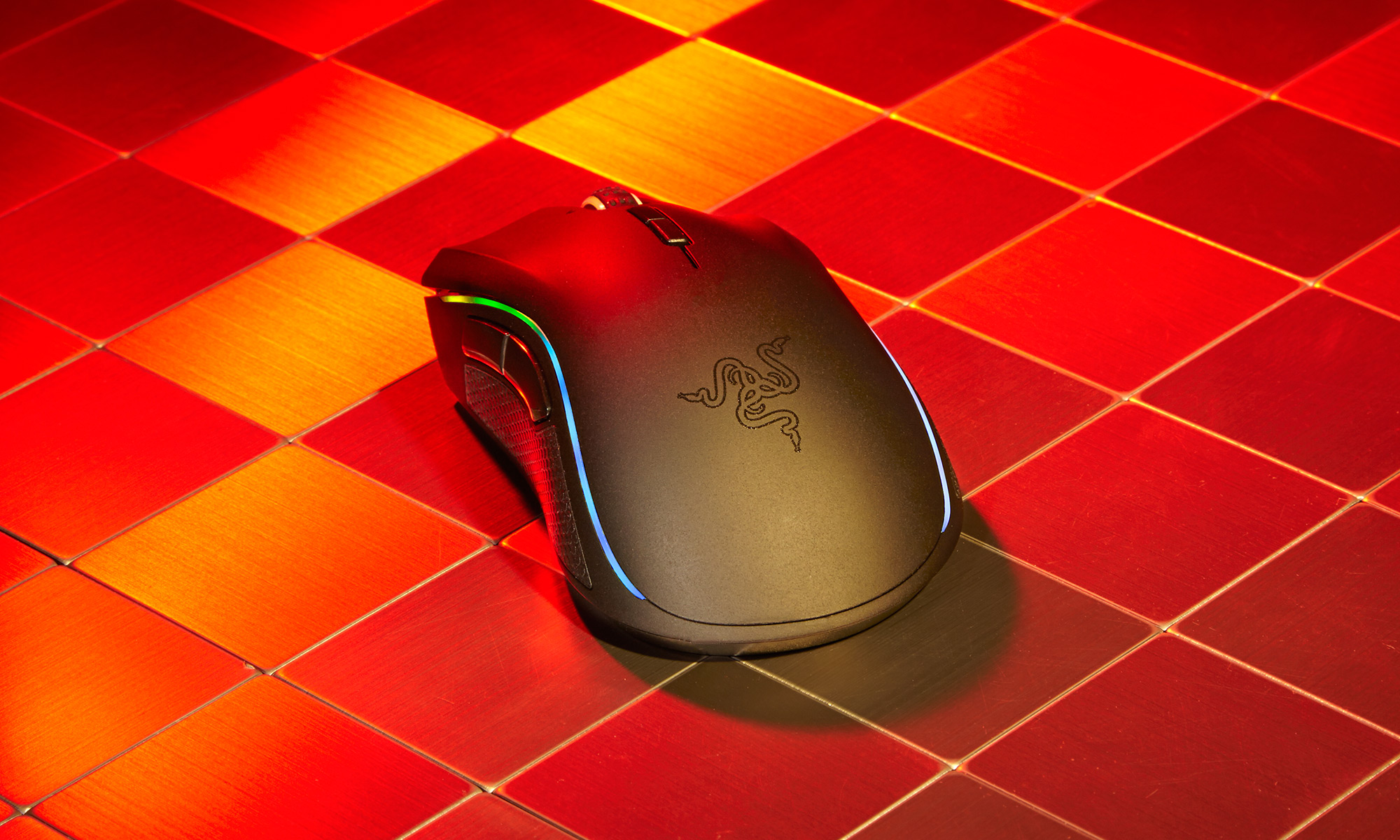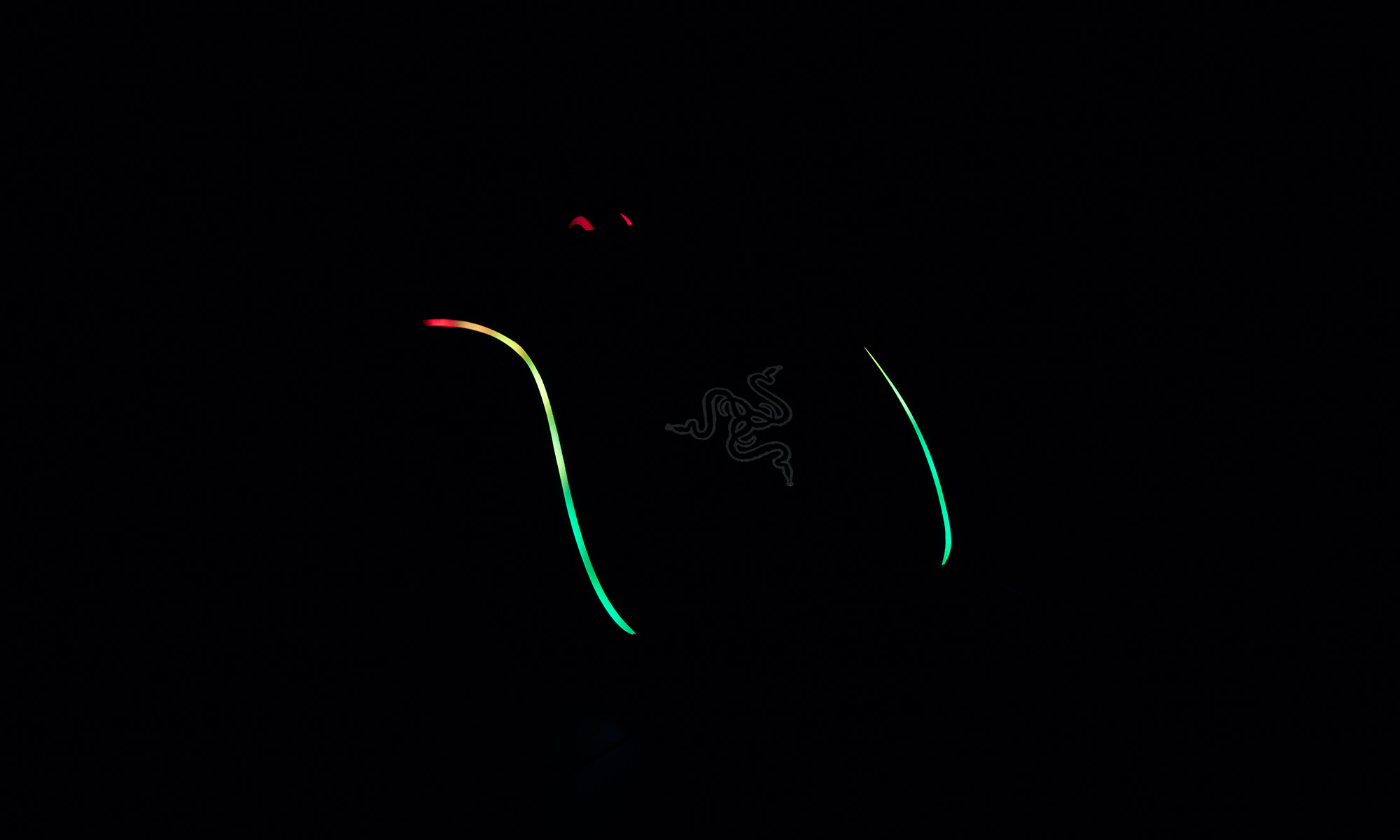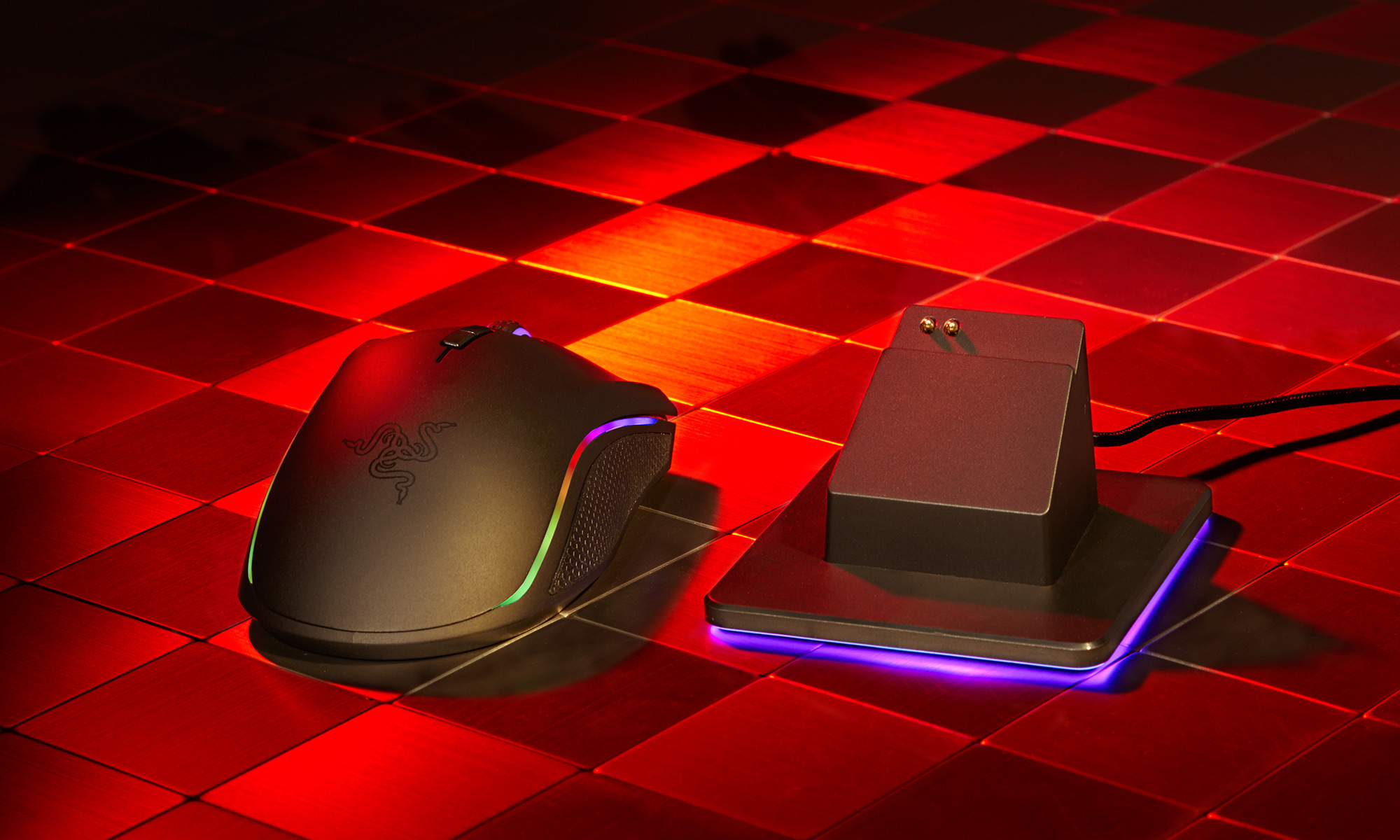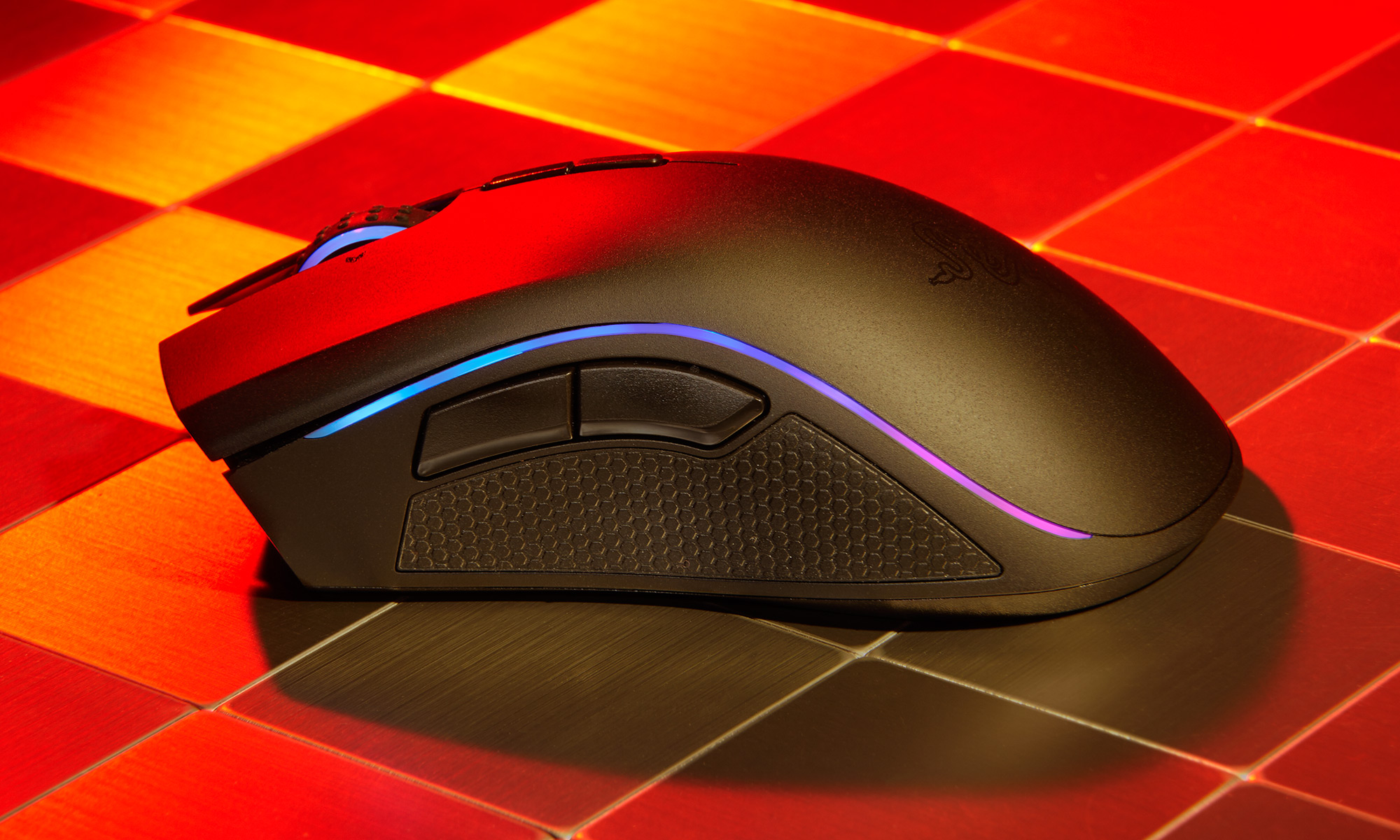Tom's Guide Verdict
The Razer Mamba is a beautiful, colorful, wireless peripheral with top-notch performance and almost nothing to hold it back.
Pros
- +
Comfortable grip
- +
Fantastic software
- +
Flawless wireless features
- +
Great performance
Cons
- -
No surface tuning in wireless mode
Why you can trust Tom's Guide
Wireless gaming peripherals have come a long way since their laggy, unreliable forebearers. These days, a good wireless mouse will perform just as well as its wired counterpart, which is exactly what makes the Razer Mamba ($150) a standout. Although this mouse is about as expensive as they come, it's a beautiful, colorful peripheral with top-notch performance and almost nothing to hold it back. If you have a wireless gaming setup at home, you owe it to yourself to check out the Razer Mamba.
Design
The Mamba is a large all-purpose mouse with seven programmable buttons: a left button, a right button, a clickable scroll wheel, two thumb buttons and two buttons in its center. It's a comfortable layout that's only enhanced by textured rests for both the thumb and the two outermost fingers. The textures make the Mamba a pleasure for claw-grip players, while its overall size and shape are sure to please the palm-grip contingent.
The Mamba looks and feels great, particularly for those with larger hands.
MORE: Best Gaming Mice
If you're familiar with the Razer Mamba Tournament Edition ($100), you'll note that the plain Mamba is almost identical, save for its wireless functionality and a shorter name.
I was able to use the Mamba from 15 feet away from my PC without any signal loss.
Features
In terms of software and illumination, the Mamba is identical to the Mamba Tournament Edition. The peripheral runs on the Razer Synapse 2.0 software, which makes it extremely simple to program button commands, link games with mouse profiles, set parameters like dots-per-inch (DPI) sensitivity and control the extremely granular illumination.

As a full-fledged Chroma device, the Mamba has access to more than 16.8 million colors, and you can set up colors and patterns across 16 distinct zones. As with the Tournament Edition, there's a tiny gap between zones that can be a bit jarring, but otherwise, the lighting is both gorgeous and useful for differentiating game profiles.
Get instant access to breaking news, the hottest reviews, great deals and helpful tips.

There are only two major ways in which the regular Mamba differs from the Tournament Edition. The first is its wireless functionality. Like the Razer Naga Epic Chroma ($130), the Mamba features a large, wired charging dock that also doubles as a wireless receiver. While it's not superportable, you'll never have to worry about losing a tiny dongle. It's also extremely powerful; I was able to use the Mamba from 15 feet away from a PC without experiencing any signal loss, and I could have gone farther had I not been stopped by the walls in the testing lab.
The Mamba has access to more than 16.8 million colors, and you can set up colors and patterns across 16 distinct zones.

The Mamba features a rechargeable battery (and while it recharges, you can use it like a standard wired mouse) that offers up to 16 hours of battery life, according to Razer. Although I didn’t use the mouse for 16 hours straight, my experience suggested that this number is correct.

Gamers can also adjust the resistance of the right and left buttons using a small included screwdriver. By turning two small screws, players can change the height of the buttons, making them either slightly easier or tougher to press down. In theory, this could let players customize a softer touch for demanding stealth games or an easy click for fast-paced MOBAs (multiplayer online battle arena games). In practice, though, I didn't find too much of a difference between the settings. It's nice to have, particularly for those with sensitive fingers, but it's not as strong a selling point as the Mamba's wireless capabilities.

My only real issue with the Mamba was that its surface tuning ability does not function in wireless mode. This useful feature allows the mouse to work on a desktop, a hard mouse pad, a soft mouse pad or even a sheet of paper, with only a few seconds of calibration. Such a useful feature shouldn't be relegated to a wired mode that players will likely only use while recharging the device.
The mouse helped me shoot down TIE fighters and command legions of Protoss warriors with equal fidelity.
Performance
I played through parts of Star Wars Battlefront, StarCraft II: Legacy of the Void, Batman: Arkham Knight, and Star Wars: The Old Republic in order to see how well the Mamba performed across multiple genres. Whether I played first-person shooters, real-time strategy, action/adventure or massively multiplayer online (MMO), the mouse was a great help. I got a lot of use out of both the additional buttons and the easy-to-grasp design.
MORE: Best Gaming Keyboards
The peripheral did a particularly good job in Battlefront and Legacy of the Void, helping me shoot down TIE fighters and command legions of Protoss warriors with equal fidelity. With four extra buttons, it could even prove useful to high-level MMO players who need to balance a demanding skill rotation.
Bottom Line
The Razer Mamba Tournament Edition was a phenomenal mouse, and the wireless Mamba is every bit as good. The price tag is enough to give all but the most dedicated PC gamers pause, and some of its extra features aren't as useful as promised, but those are minor criticisms in the face of an excellent product. If you need an all-purpose mouse and believe that wires are a thing of the past, it's hard to ask for a better gaming companion than the Razer Mamba.

Marshall Honorof was a senior editor for Tom's Guide, overseeing the site's coverage of gaming hardware and software. He comes from a science writing background, having studied paleomammalogy, biological anthropology, and the history of science and technology. After hours, you can find him practicing taekwondo or doing deep dives on classic sci-fi.

